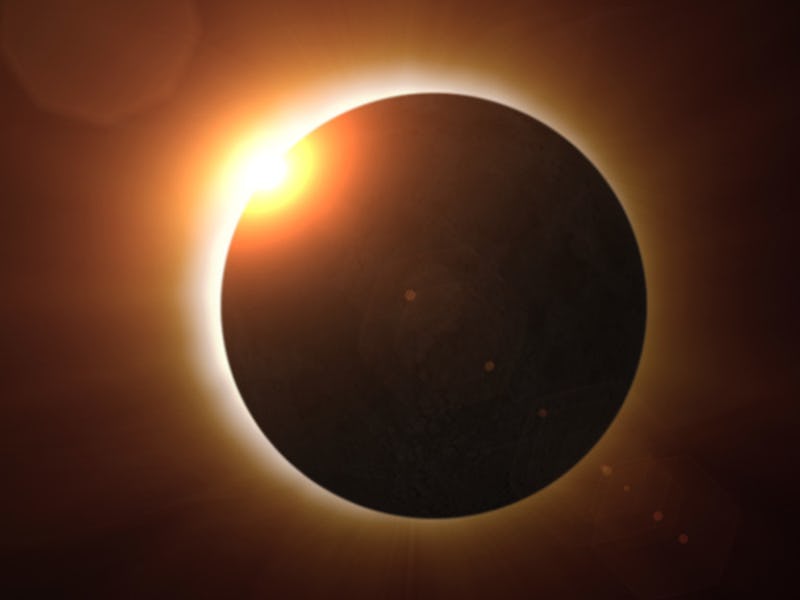Here's How to Make a Pinhole Viewer So You Don't Have to Buy Another Thing
All you basically need are scissors, paper, tape — and a solar eclipse.

All of North America will be able to view the total solar eclipse on August 21, 2017 — and the adventurous many that venture into the 70-mile “path of totality” will be able to experience the moon completely blocking out the sun. Regardless of where you are, it’s likely that you’ll want to watch these two massive bodies cosmically interact in the sky.
There are, however, ways to do this without searing the irreplaceable photoreceptor cells in your eyeballs.
Inverse previously detailed how cheap and accessible solar glasses can be used to directly look skyward and safely watch the moon invade the sun.
The absolute safest way to watch the eclipse — according to NASA — is not to stare at the sun, but to view the event indirectly. What follows is a simple (if not the simplest) way to do this, as suggested by NASA’s Jet Propulsion Laboratory. It’s commonly called a pinhole camera, and it involves projecting the sun — and what’s happening to it — onto the ground or a piece of paper.
What you need:
- Two pieces of white card stock (it works better than regular paper)
- Scissors
- Tape
- A paper clip
- A piece of aluminum foil
Step 1: Cut a square hole into the middle of one piece of cardstock
Step 2: Tape foil over the hole
Step 3: Poke a hole in the foil with the paperclip (or a pin)
Step 4: Indirectly watch the grand cosmic spectacle
Place the second piece of white card stock or paper on the ground. Then, holding your new, spiffy solar projection instrument, position yourself accordingly (turning your back to the sun helps), and let the sun shine on your projector. Sunlight will find its way through the peephole and project onto to the paper below, allowing you to watch how the sun changes as the moon takes an increasingly large “bite” out of it.
If you do this in the path of totality this summer, the projection will eventually disappear completely until the moon begins to move out of the sun’s path.
Happy (indirect) solar eclipse viewing!